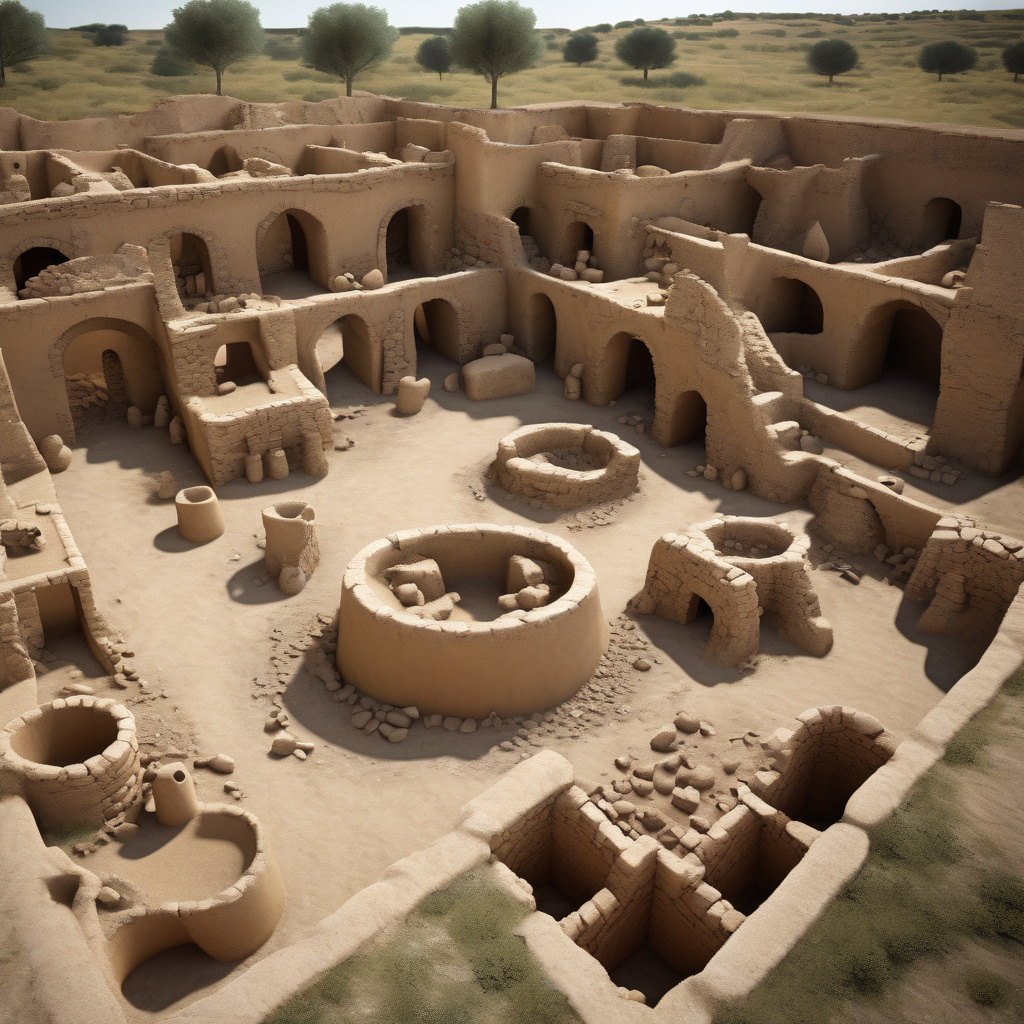Ancient Roman Fast-Food Joint Reveals Surprising Elite Diet Shifts
Archaeologists have recently unearthed a fascinating discovery on the island of Pompeii, shedding new light on the culinary habits of the ancient Romans. The excavation revealed a 2,000-year-old fast-food eatery that challenges our perceptions of elite diets during that era.
Among the remnants found in the garbage pit of this Roman eatery were the bones of small songbirds, indicating that the affluent members of society may have indulged in a more diverse and exotic range of foods than previously believed. This finding contrasts with the traditional view that the elite mostly consumed lavish banquets featuring meats such as wild boar and venison.
The presence of songbirds in the culinary repertoire of the ancient Romans suggests a shift in dietary preferences and social norms. While the consumption of such delicacies was not unheard of, the discovery at this fast-food joint indicates that these foods were more widely accessible and enjoyed across different social classes.
This revelation challenges the stereotype of the ancient elite dining exclusively on extravagant feasts while the lower classes made do with simpler fare. It highlights the complexity and diversity of Roman cuisine, showcasing how culinary traditions were influenced by factors such as trade, migration, and cultural exchange.
Moreover, the existence of a fast-food establishment in ancient Pompeii speaks to the bustling urban life and the demand for quick, convenient dining options even in antiquity. The discovery provides valuable insights into the daily habits and preferences of the Roman population, offering a glimpse into their bustling city lifestyle.
The archaeological find not only enriches our understanding of ancient Roman gastronomy but also prompts us to reevaluate our assumptions about class distinctions and culinary practices in the past. It invites us to appreciate the nuances of history and the multifaceted nature of food culture, demonstrating how even a humble meal at a fast-food joint can reveal profound insights.
In conclusion, the discovery of the 2,000-year-old Roman fast-food eatery challenges conventional notions of elite diets and social stratification in ancient Pompeii. By unearthing the remains of songbirds in the garbage pit, archaeologists have opened a window into the diverse and evolving culinary landscape of the Roman Empire, inviting us to reconsider our preconceived ideas about the past.
ancient Rome, culinary history, Pompeii, elite diets, archaeological discovery












